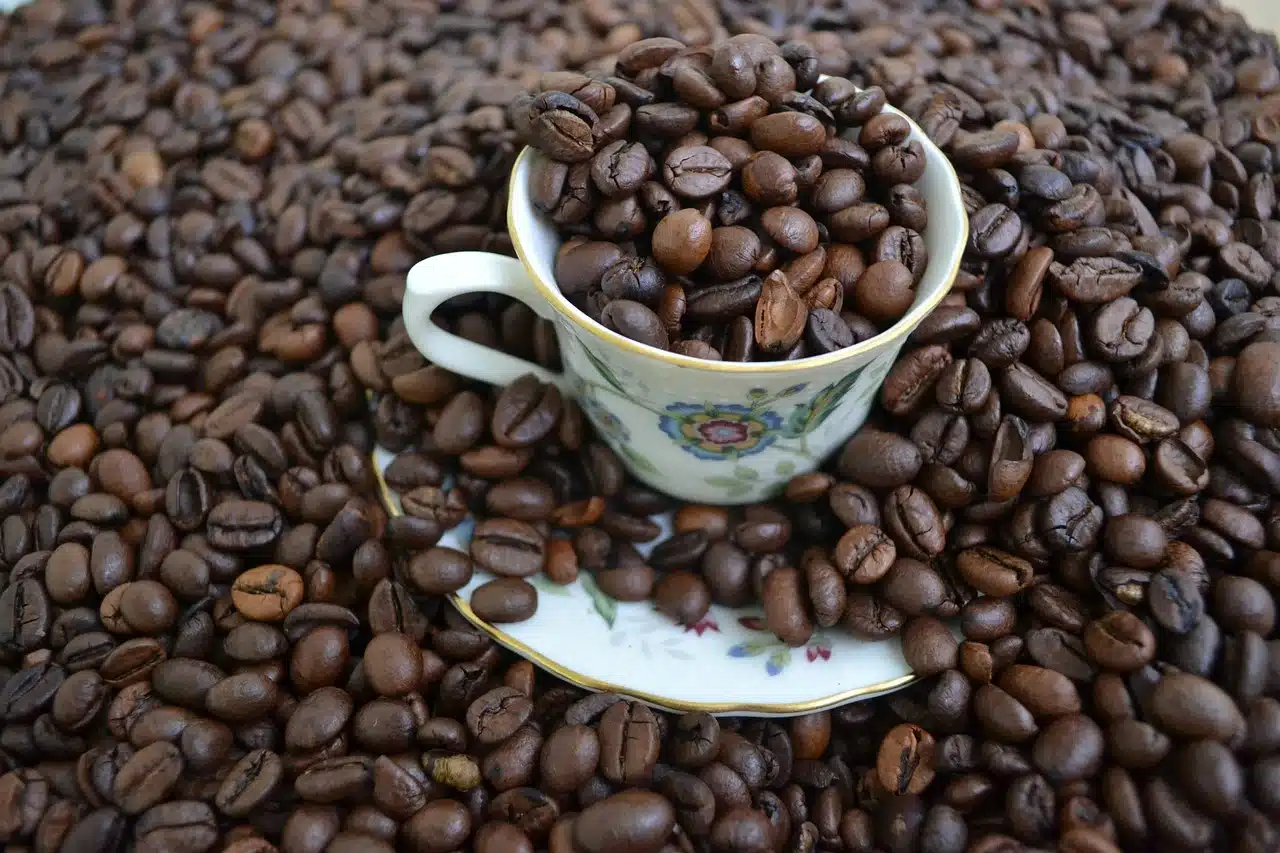COFFEE: Prices have risen by 25% this year, as bad weather has affected crops in Brazil, the main producer of Arabica coffee, and in Vietnam, where Robusta is grown. This is the latest drop in agricultural prices caused by supply issues (following orange juice last year and cocoa in 2024). It has made agriculture the best-performing commodity segment in 2024, growing by 27% compared to 4% for broader commodities. Retail coffee prices in the USA have dropped by 2% over the past year, but now seem poised to catch up, as producers and coffee chains, from Nestlé to Starbucks, continue their premium pricing strategies.
CONSUMER: Europe consumes 30% of the world’s coffee, with the five Scandinavian countries averaging 9.5 kg per person, over four times more than the United States. Asia is the second largest consumer, and per capita consumption is rapidly increasing. Beans only represent a fraction of the final price of coffee, but the recent rise in commodity prices is likely to be accompanied by increasing labor and energy costs, along with companies’ pricing strategies. The average bill at Starbucks has increased by 4% in the last quarter compared to a 1% increase in the number of transactions. The average hot latte now costs $4.62 in the USA. Nestlé’s Nespresso unit saw price increases last year that were more than twice the rate of volume growth.
TRADE: The more delicate and challenging-to-grow Arabica accounts for 60% of total supply and dominates the market for higher-quality ground coffee, while Robusta dominates the instant coffee market and is on average 30% cheaper. The latest production shortfall threatens the International Coffee Organization’s forecast for a return to a slight surplus in the coffee market this year after two years of significant deficits. Global production has increased by 6%.
Ben Laidler, eToro
